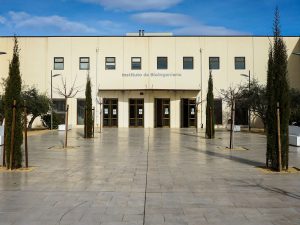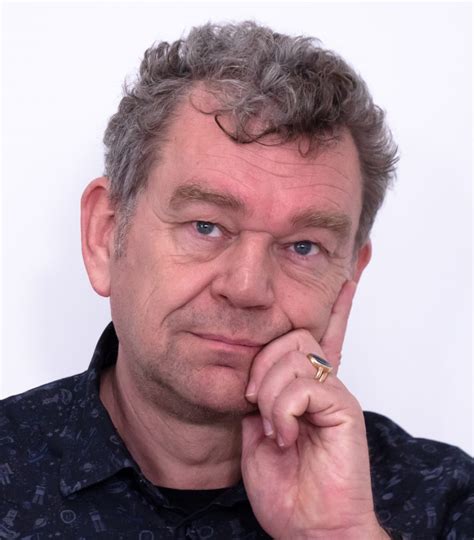
- Thursday, March 13, 2025, at 12:00h
- IB Assembly Hall, Vinalopó Building.
- Miguel Hernandez University Elche Campus, Spain
- https://specs-lab.com
Seminar “The theta-gamma code in action”. Delivered by : Dr. Paul F. M. M. J. Verschure, (specs-lab.com, UMH Distinguished Professor Department of Health Psychology & Alicante Institute of Neuroscience). For Thursday, March 13, 2025, at 12:00h, in the Assembly Hall of the Institute of Bioengineering (IB), Vinalopó-UMH Building, Vinalopó Campus of Elche, Miguel Hernández University (UMH).
The Distributed Adaptive Control (DAC) theory of mind and brain proposes that the brain be studied as a multi-layered control system [1]. Within this framework, we have advanced the idea that optimal decision-making relies on optimizing multiple objectives based on the assumption of distinct conjunctive representational primitives supporting epistemic autonomy [2]. We have found direct evidence for this assumption, which we have further elaborated through studies involving intracranially implanted epilepsy patients [3]. These experiments showed that human volitional learning enhances hippocampal theta oscillations and promotes an autonomous phase coding scheme for episodic memory. This suggests that active engagement in a task, a key aspect of free will, influences the temporal organization of neural representations within the theta-gamma cycle. The theta-gamma code, proposed by the late John Lisman, suggests that lower-frequency theta waves (around 3-8 Hz.) modulate high-frequency gamma activity (>30 Hz.) and has been proposed to support various cognitive functions, including working memory, episodic memory, and decision-making. This raises the question of why such a code would build on the theta cycle. A recent study showed that from an optimal coding perspective, the optimal oscillation frequency for maximizing information rate under physiologically realistic noise levels and biophysical constraints falls within the theta band due to a distinct encoding speed-precision trade-off [4]. This mechanism also accounts for the observed correlation between theta oscillation frequency and movement speed. In conclusion, I will show how we have translated these results into effective clinical applications in neurorehabilitation and education.

